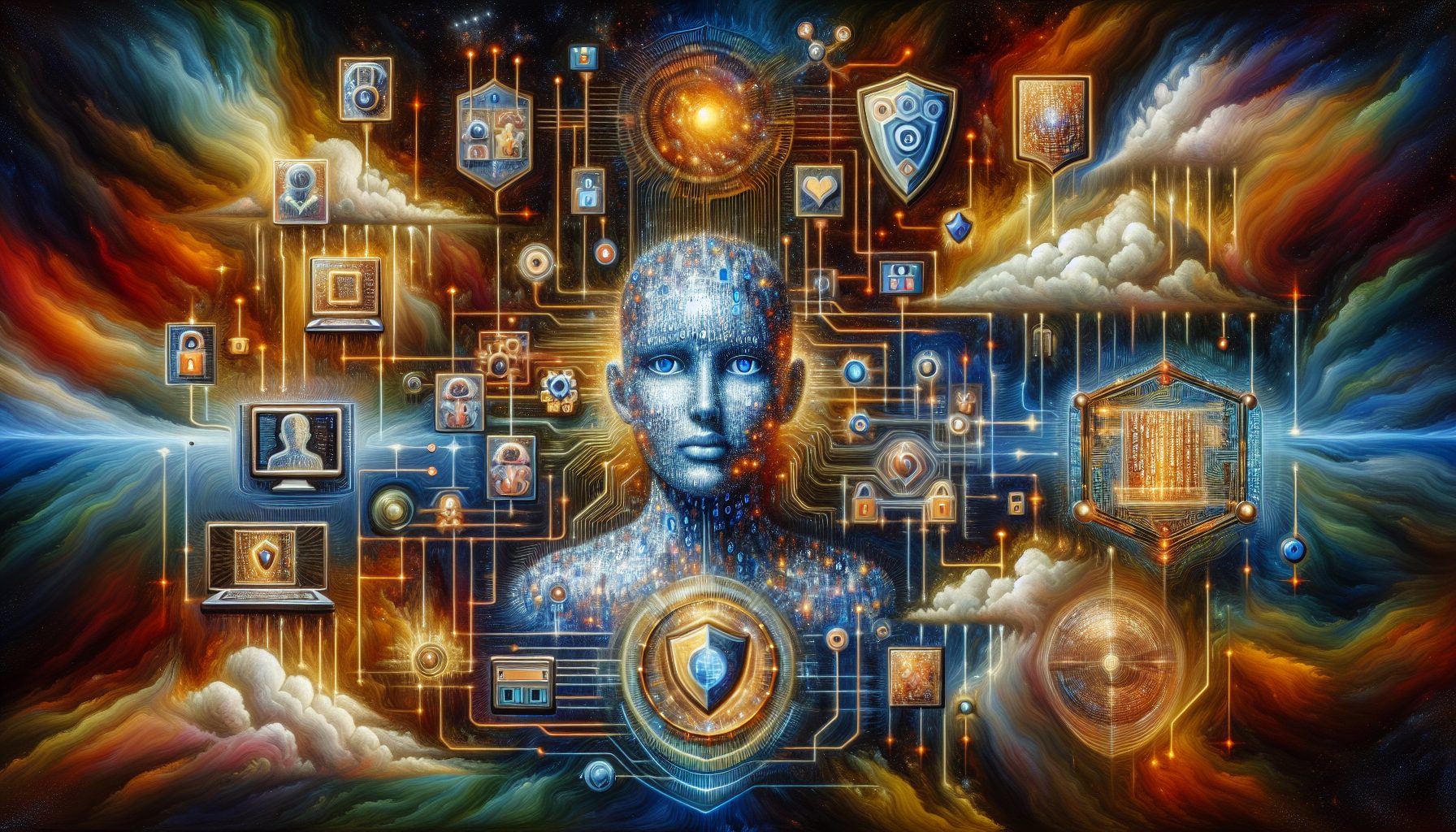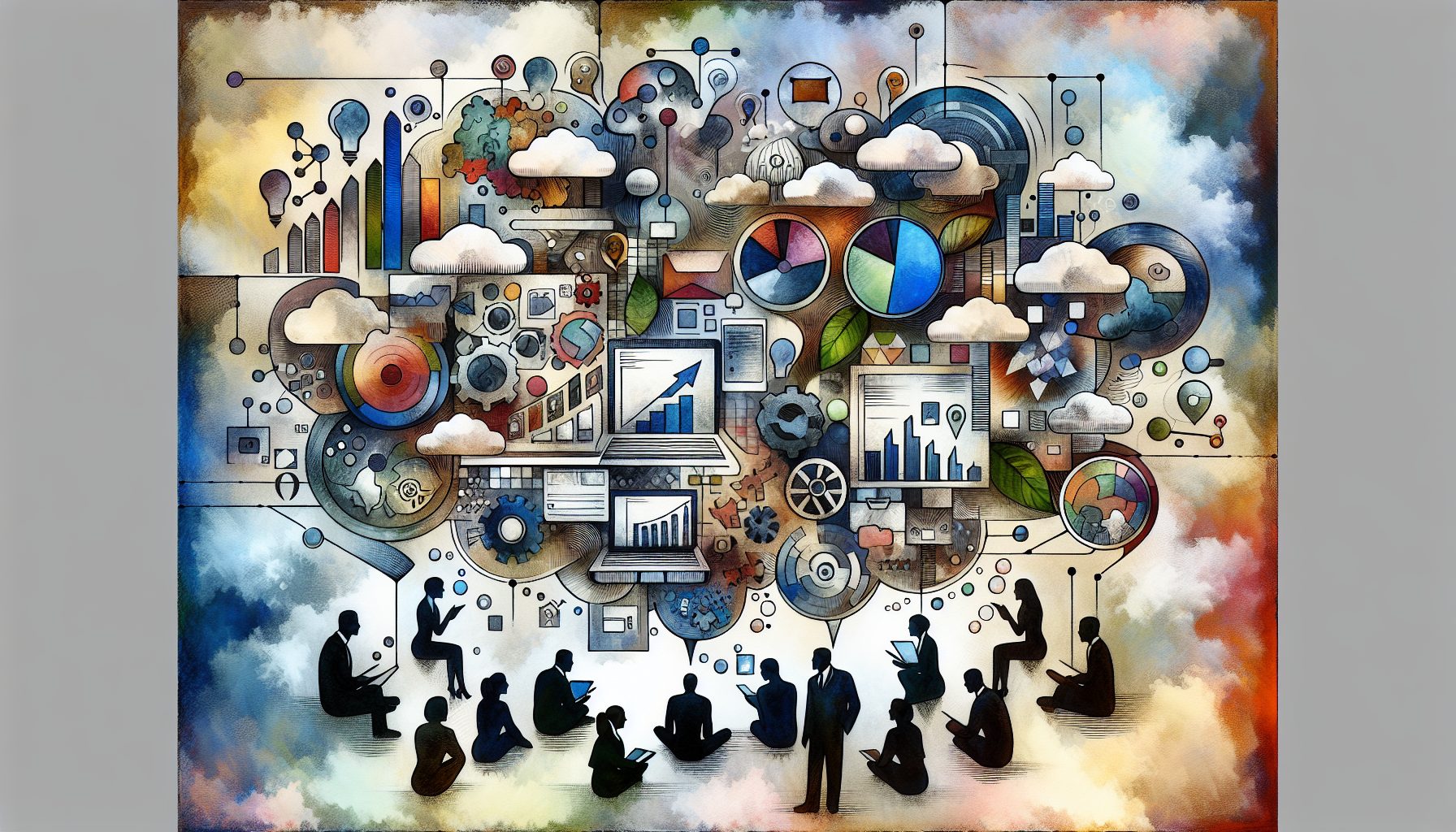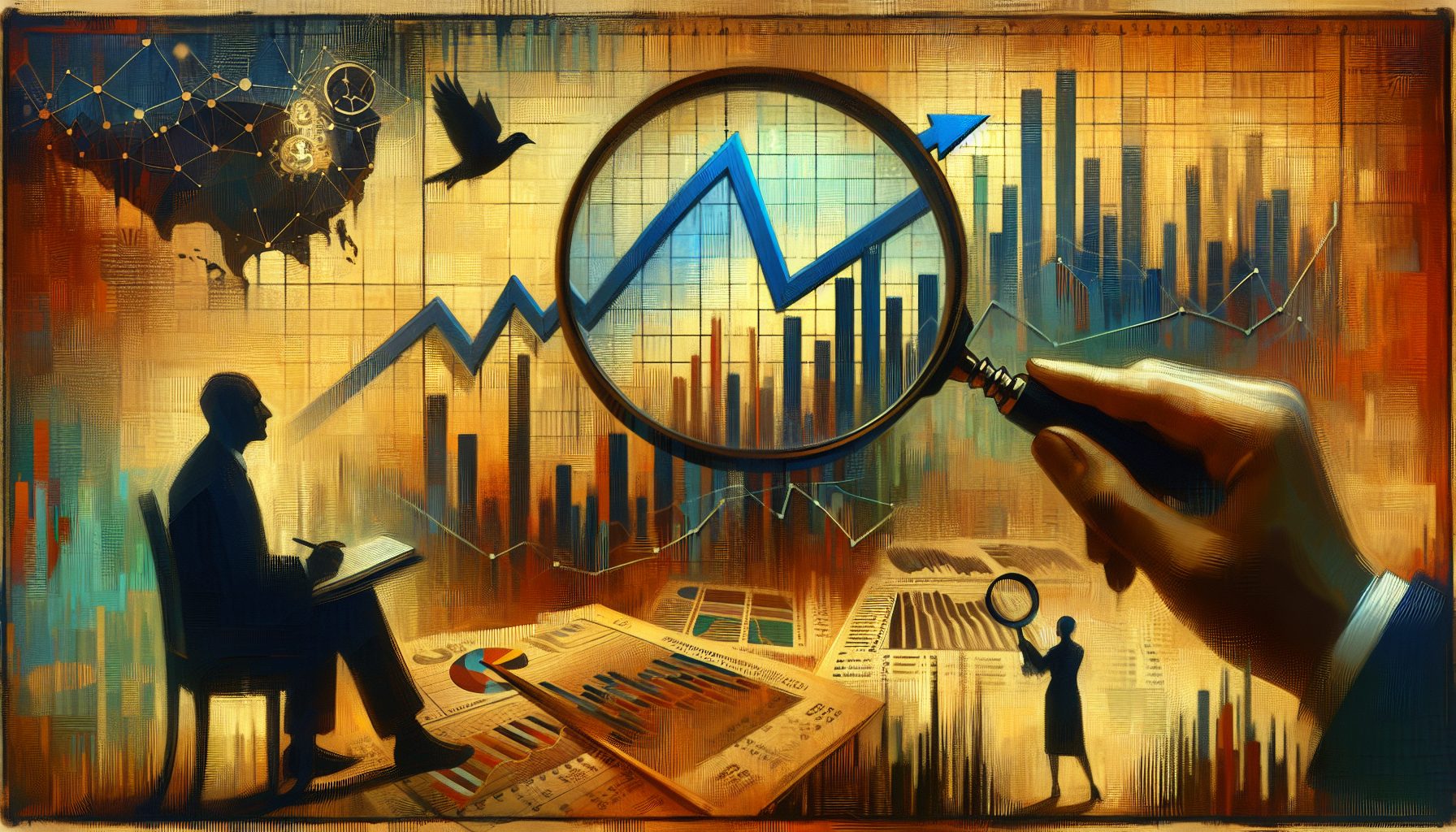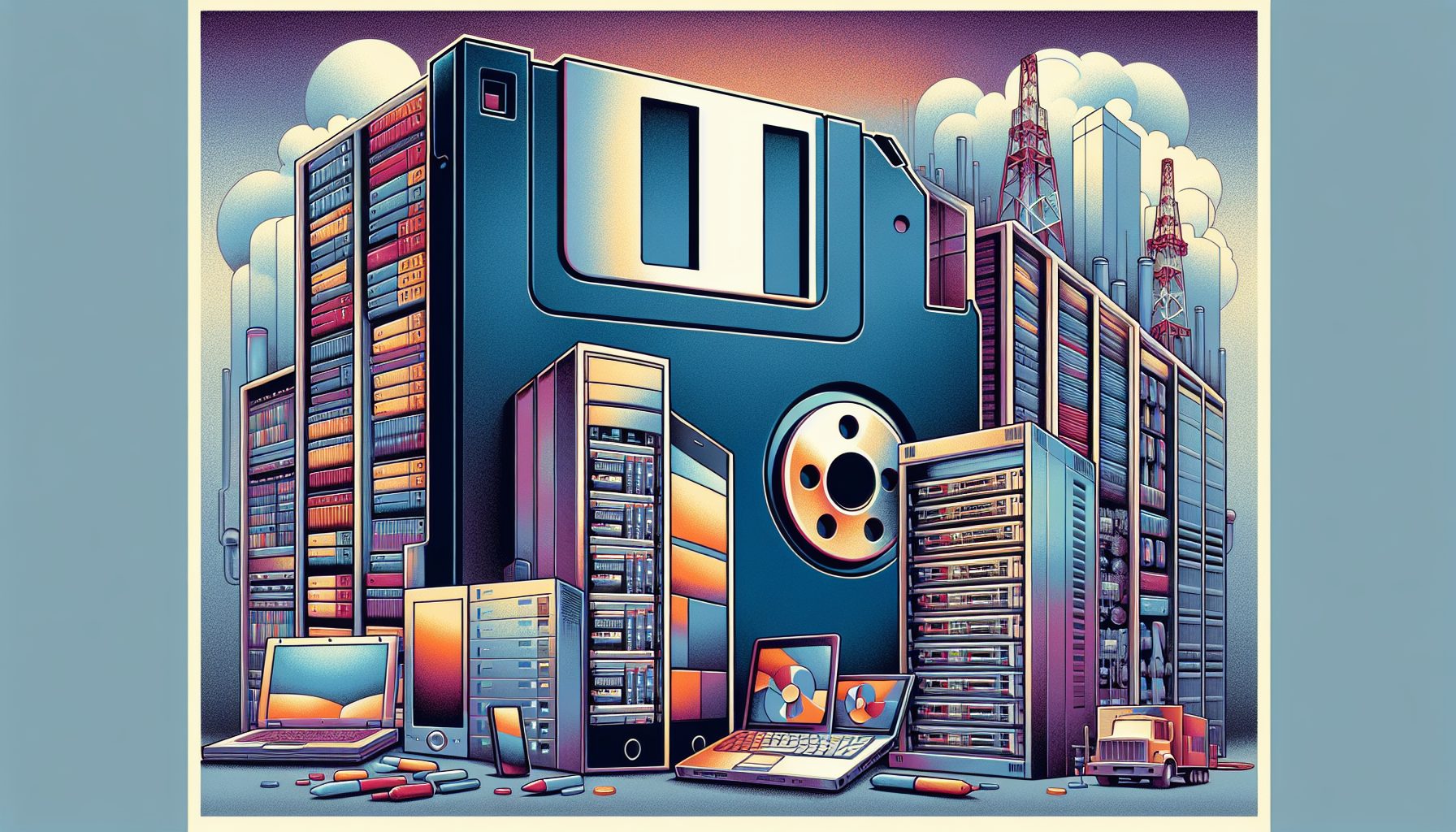Artificial intelligence (AI) is having a profound impact on modern technology, and its influence is projected to grow through to 2024.
Examples like the introduction of Chat-GPT by OpenAI have inspired software developers to incorporate AI into their products, increasing Microsoft’s stock value drastically due to their OpenAI investments.
This increase in AI integration has revolutionized our daily digital interactions, streamlining operations from healthcare to finance, and e-commerce and beyond, highlighting the potential of AI. Significant time and cost savings have also been realized due to the automation of tasks.
AI applications in healthcare, from predictive analytics in patient care to robotic surgeries, have resulted in great improvement in patient outcomes.
The finance sector has also benefited from AI, using it for predictive analysis, fraud detection, and customer service, thereby elevating security and customer experience.
In the realm of e-commerce, AI has been effectively utilized for personalized product recommendations, customer service chatbots, and predicting consumer purchasing behavior, undoubtedly boosting customer satisfaction, loyalty, and driving revenue growth.
However, the rise of AI has brought with it an increased risk of cybercrime, particularly ransomware. Cybercriminals are increasingly using coding software and viruses for blackmail, leading to a surge in public concern.
Phishing attacks intending to obtain various account information has also risen, affecting sectors from entertainment to finance. These cybercrimes can cause substantial damage, often disrupting business operations resulting in substantial financial loss.
Due to these threats, robust cybersecurity measures are vital. Businesses and individuals need to stay vigilant, consistently updating security software and implementing strong security protocols to prevent potential hacks.
Energy efficiency remains a consistent issue. While software’s impact on computer power efficiency may be minimal, even minor energy savings are significant, especially with the rising cost of electricity.
As industries move towards digitization, the demand for computer power grows. With systems operating 24/7, even slight energy inefficiencies can add up over time, resulting in large expenditures. Therefore, developers should consider the effect of their programs on energy consumption and try to optimize accordingly.
Striving for energy efficiency also has the potential to significantly improve hardware performance and lifespan. This is a particularly significant consideration for businesses and institutions that rely on large, energy-intensive servers.
Exciting advancements are expected for technological domains such as AI, malware protection, energy-saving apps, office assistants, and operating systems with enhanced multimedia and security features.
The rise of malware protection is a focus area, with more robust cybersecurity tools anticipated to be designed to fortify digital landscapes against potential threats in the coming years.
There is also expectation for the emergence of energy-saving applications to play a significant step towards sustainable technology use, potentially enabling a substantial reduction in our carbon footprint.
Remarkable software like the NMKD Stable Diffusion GUI AI, which generates images upon request, and Upscayl that utilizes AI to enhance image resolutions, are leading the way. In the realm of data analysis, PlotVista employs AI in analyzing data plots, revealing hidden trends, and correlating data efficiently.
The advancement in AI-driven productivity tools include systems like HullSong that correct punctuation and grammar errors in real-time, and the FlowBoard space organizer which enhances efficiency by smartly managing digital workspace.
Although the potential to significantly accelerate operations via software is often restricted in Windows optimization, functional and operational enhancements are possible. Tools like Microsoft Powertoys and Winaero Tweaker provide innovative means to alter Windows’s user interface settings and actions, ultimately enhancing the user experience.
Enterprises can also benefit from these tools in improving their workflow, reducing operation time, and thus boosting overall productivity. This capability makes software like Microsoft Powertoys and Winaero Tweaker essential for an optimized and personalized Windows experience.









